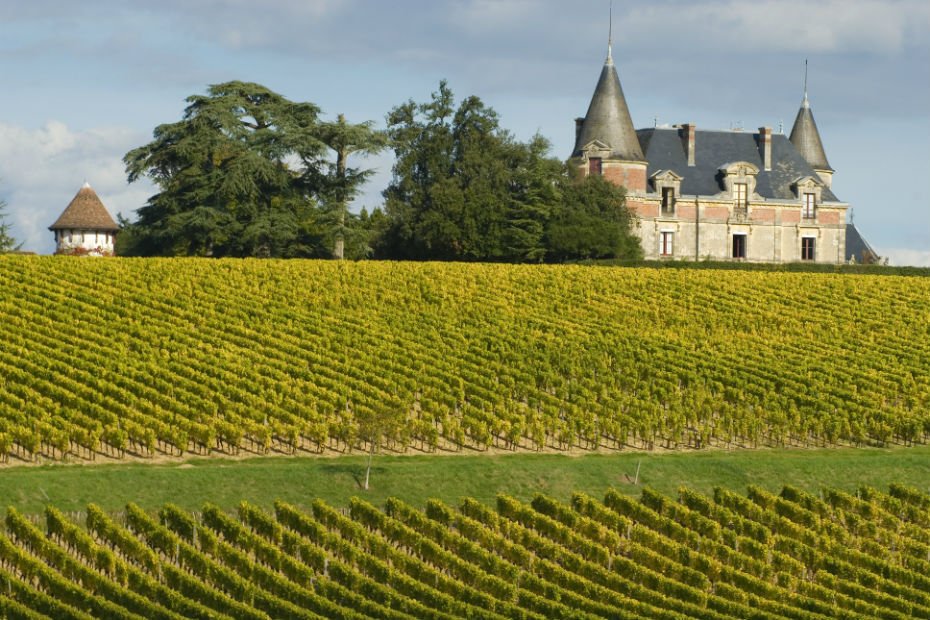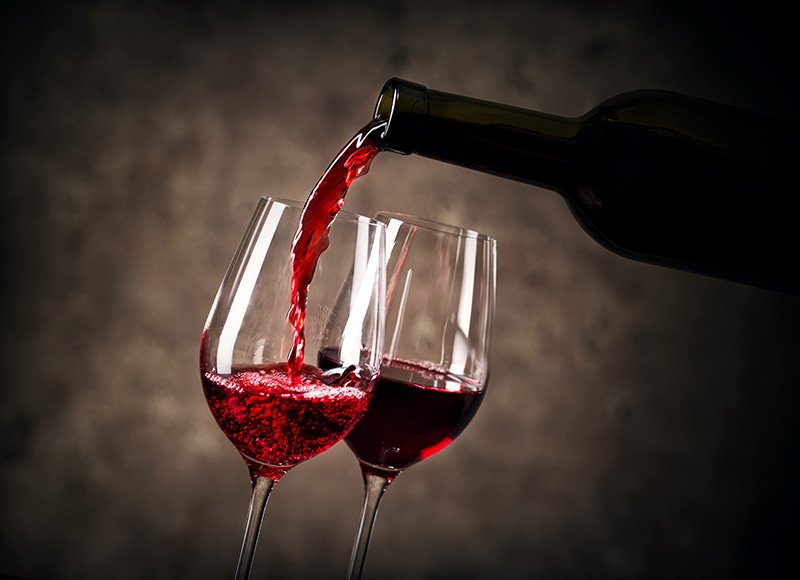What is the Second Wine of a Bordeaux Grand Cru ?
The vineyard of a Château is listed in as many plots. Each plot has its own specificities depending on the grape variety, the age of the vines, the soil and sub-soil, the exposure, etc. In addition, in general these plots are vinified separately. Like the Master Blender in a distillery, the Cellar Master composes the Grand Cru of a château by blending the wines from each plot he has at his disposal in different proportions depending on each vintage. He thus composes the Grand Vin faithful to the Style of the Château from vintages to vintages.
The second wine of a grand cru will therefore have all the characteristics of a great wine…. but “play” just one division below. Although very good, these wines will have less length, less power, less potential for aging, less aromatic complexity, but it's still super good! It is much more than a second label .... You will have understood that buying the second wine of a grand cru is to compose your cellar with a little of the magic of a grand cru without breaking your budget. In general, these wines have a fairly incomparable price / pleasure ratio.
The Second Vin de grands crus, is this a new phenomenon ?
The development of a second wine is seen as an introductory marketing strategy for the grand cru Château's first wine at a more affordable price. But you will certainly be amazed to learn that this practice is not new. Indeed, the history of Bordeaux grands crus teaches us that in 1874, the second wine of Château Pichon-Longueville Comtesse de Lalande was sent to the Moscow Exhibition. In 1902, the Léoville Las Cases castle launched the “Clos du Marquis”. And finally in 1908, Château Margaux offered its second wine, the “Pavillon Rouge”. Later, for example, Château Figeac launched its second wine in 1946, a way of not marketing a fairly average vintage under the label of the great wine. The upward pressure on the prices of Bordeaux grands crus since the 1980s and 1990s has also prompted a number of châteaux to consider creating a second wine.
A list at the end of the article will help you find your way around. It should be noted that the size of each estate also influences whether or not there is a second wine. Indeed, the growths classified in Médoc and Graves benefit from larger surfaces and as such will be more apt to offer a second wine, while the relatively modest size of the areas of the grands crus in Saint Emilion and even more in Pomerol, explains the so that these châteaux do not always have a second wine.
Do all Bordeaux Grands Crus have a Second Wine ?
The châteaux now fully assume the idea of producing second wines and they do not hesitate to add an evocation of the name of the second wine to the name of the château. For example :
Second wine of Château Margaux: Red Pavilion of Château Margaux
Second wine of Château Mouton Rothschild: Le Petit Mouton de Mouton Rothschild
Second wine of Château Leoville Las Cases: Clos du Marquis
Second wine of Château Brane-Cantenac: Le Baron de Brane
Second wine of Château Montrose: La Dame de Montrose
Second wine of Château Lagrange: Les Fiefs de Lagrange
Second wine of Château Giscours: La Sirène de Giscours
Second wine of Château Talbot: Constable of Talbot
Second wine of Château Grand-Puy-Lacoste: Lacoste-Borie
Second wine of Château Climens (Barsac): Cypress of Climens
Here is !! All you have to do is open a good second wine surrounded by your loved ones for the Christmas meal or any other festive meal ...... !! One last little info ??
A second wine is also a perfect one to wait for the full maturity of the corresponding great wine. In a way, they help you to be patient while having an idea of what the château's grand cru will be like.
How to get your VAT back while you buy your wine at Calais Vins or Olivier Vins & Cie
Have a quick vieuw on our blog article explaining how we manage everything to help you to get your VAT back on the wine and chamagne you buy with us in calais.
Find the list of second wines of the Bordeaux Grand Crus classified in 1855




 BD.jpg)